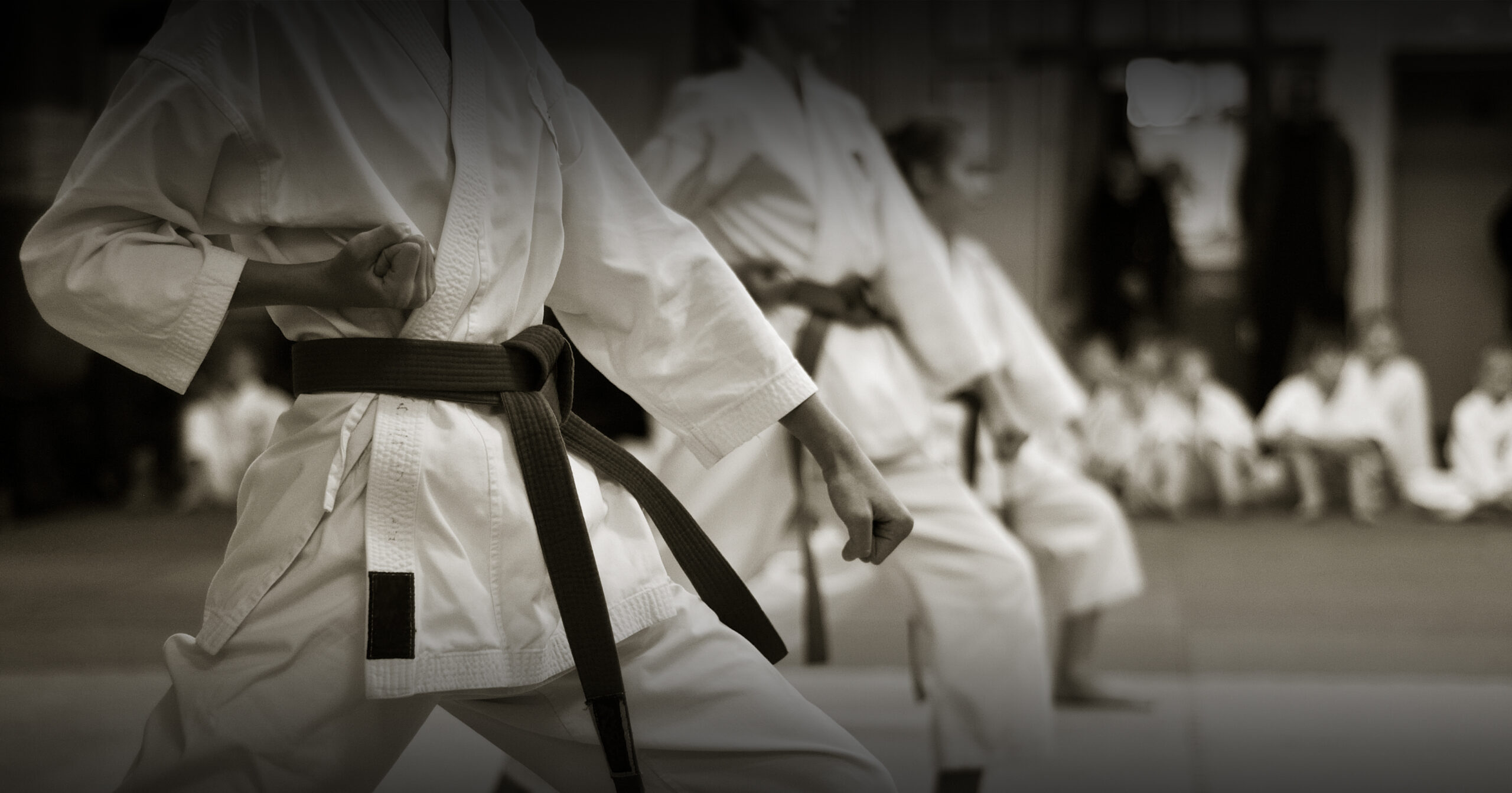Kata! Lean Six Sigma!
Author: Pat Boutier – Shingo Prize award-winning co-author of The 7 Kata: Toyota Kata, TWI, and Lean Training (2012)
What is a kata? And what does it have to do with Lean Six Sigma? Unlike many Japanese words used in LSS such as muda and kaizen, kata is a relatively new concept. But the idea of kata goes back over 100 years to the origins of martial arts such as judo and karate. Basically, kata are a specific series of choreographed moves used in teaching martial arts. Also known as forms in English, practitioners spend time (usually alone) repeating a specific kata until the series of moves becomes ingrained. The idea is that when a person engages a real opponent the series of moves become second nature, resulting in a smooth, flowing movement. In some martial arts individuals are graded based on their ability to perform kata exactly as prescribed.
Excerpt from a kata

Actually, kata is all about creating habits. A lot of research has proven that humans learn best when they practice and repeat activities (that is, patterns), such that they know how to instinctively react whenever the situation warrants a reaction. This approach is used in a wide variety of applications including music and sports.
Now – back to Lean Six Sigma. How does kata fit in to the world of LSS? The answer: kata is a powerful tool to help in sustaining improvement. It can be applied in two major areas: (1) Sustainment of improvements identified in LSS projects, and (2) Creating a culture of incremental, sustained improvements that occur between formal LSS projects.
First – to the idea of kata for LSS projects. Here is where the more well-known concept of standard work can be applied. Standard work is widely used in the Control Phase of the DMAIC. By incorporating kata ideas to standard work the new, improved process developed during the DMAIC is more likely to be repeatable. And we know that repeatability in the process will yield repeatability in results. So – breaking the new process down into a series of easy to follow steps and then teaching those steps to front-line staff is key to sustaining results.
For this situation a Coaching Kata is most appropriate. This use of coaching on the standard work is key to sustainability.
Second – the idea of kata for making improvements between projects. This is known as the Improvement Kata as explained by Mike Rother in his definitive book Toyota Kata (2009). Within this book (and via additional research since it was published) he showed that successful companies, (especially Toyota), have utilized what he calls kata to create a culture of Improvement and Coaching. The point is Mr. Rother found when companies instilled in their employees and managers learned patterns, they became habits. Those habits then became the culture of the company.
The habits that people have – how to react to problems, how to solve problems, how to follow or create a changed process – are exactly how people within a company react when faced with something different. They rely on their learned habits and react accordingly. This exact reaction is what often derails improvements. People have habits, they do their work, if something happens within their work or process that was not anticipated, they react based on their learned habit. If they have not learned a new habit of operation – or how to adapt from the old one – they revert to their old ‘trusted’ habit, automatically.
People need to have learned the new process so well that it (the new habit) is ingrained. Importantly, the habit also provides a basis for adaption. As employees learn the habits of the company, improvements based on those habits can then be orchestrated to alter the process, becoming a new process. This is why understanding the basics is required to adapt when unforeseen things happen.
Back to the DMAIC: The Control Phase is where some LSS practitioners don’t spend enough time. This is where the ‘rubber meets the road’ of real process change. Our point here is your project isn’t over until the improvement has sunk in. That requires people to change their habits. You owe it to yourself, the people and your company to investigate the power of kata to sustain the gains. So involve people in truly learning new habits. Kata! Lean Six Sigma!
To learn more about the Coaching Kata, Improvement Kata, or TWI please contact Pat at Pat.Boutier@TMAC.org
More about Pat Boutier:
Pat is a Lean Six Sigma Black Belt, a Shingo Prize Examiner, and is certified as a “Training Within Industry” (TWI) trainer and coach. His expertise in TWI includes Job Relations, Job Methods, Job Instructions, Job Safety and Problem Solving. He was awarded the Shingo Prize for Research and Professional Publications Award (2013) for co-authoring “The 7 Kata: Toyota Kata, TWI, and Lean Training.”


